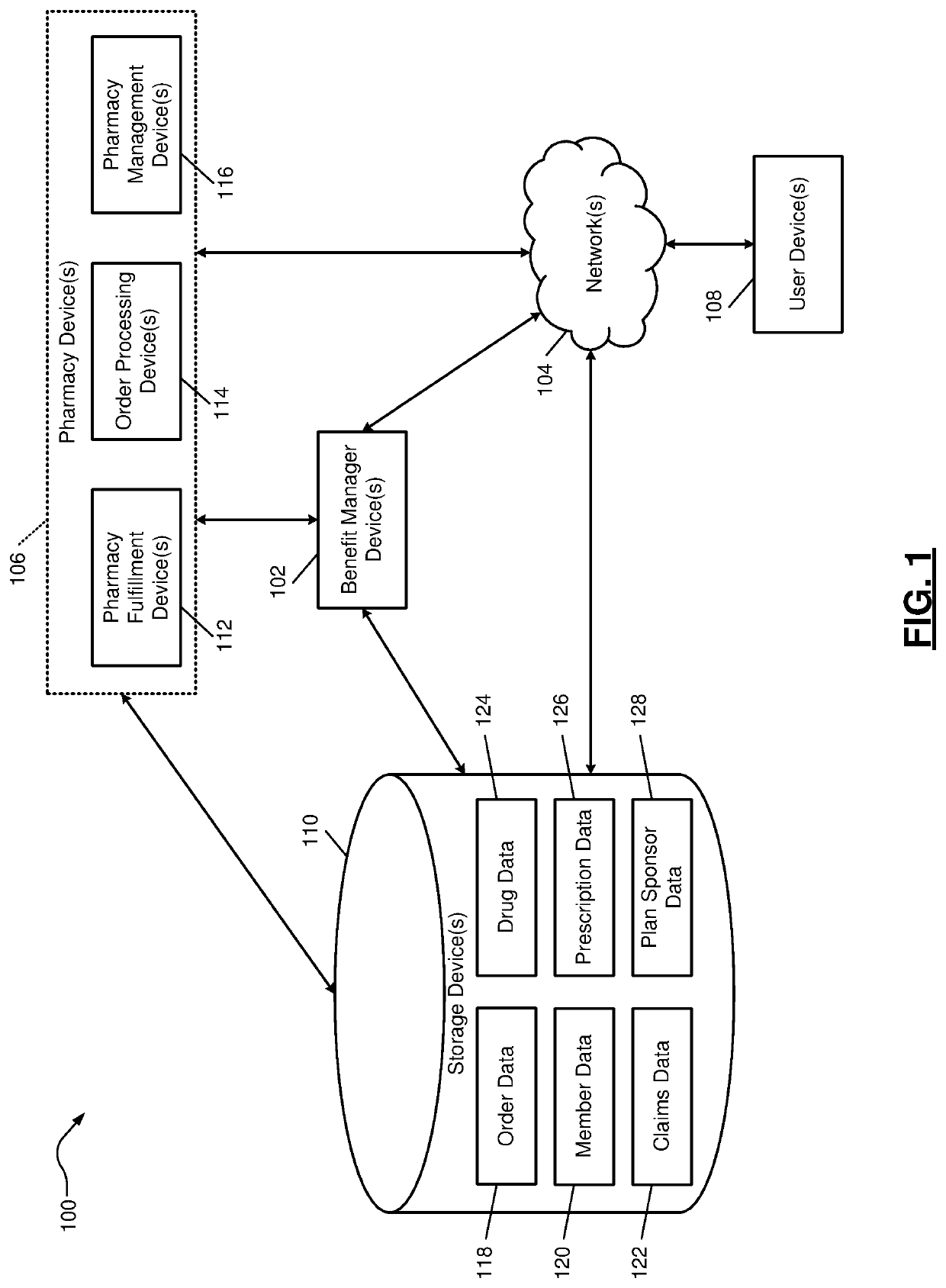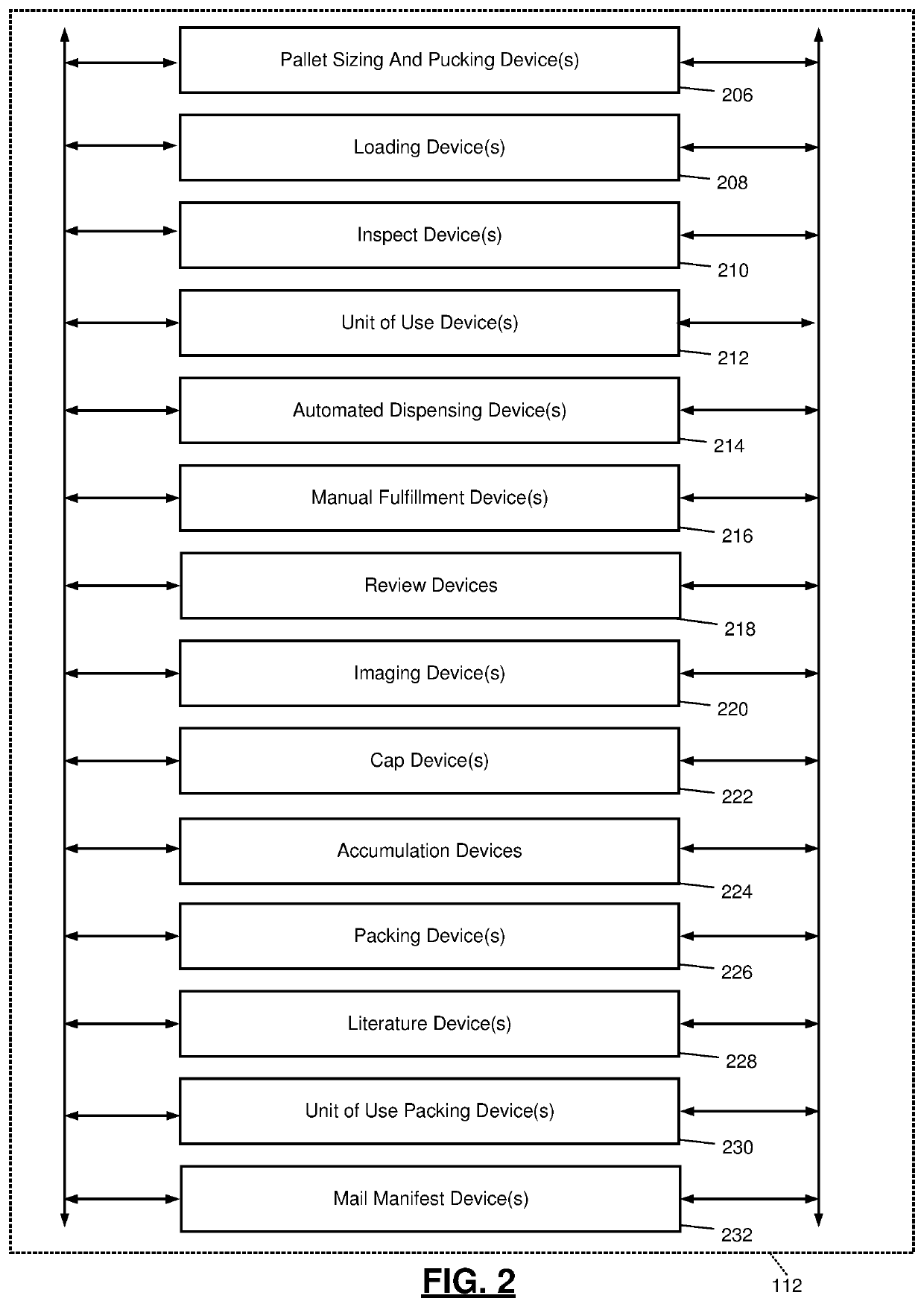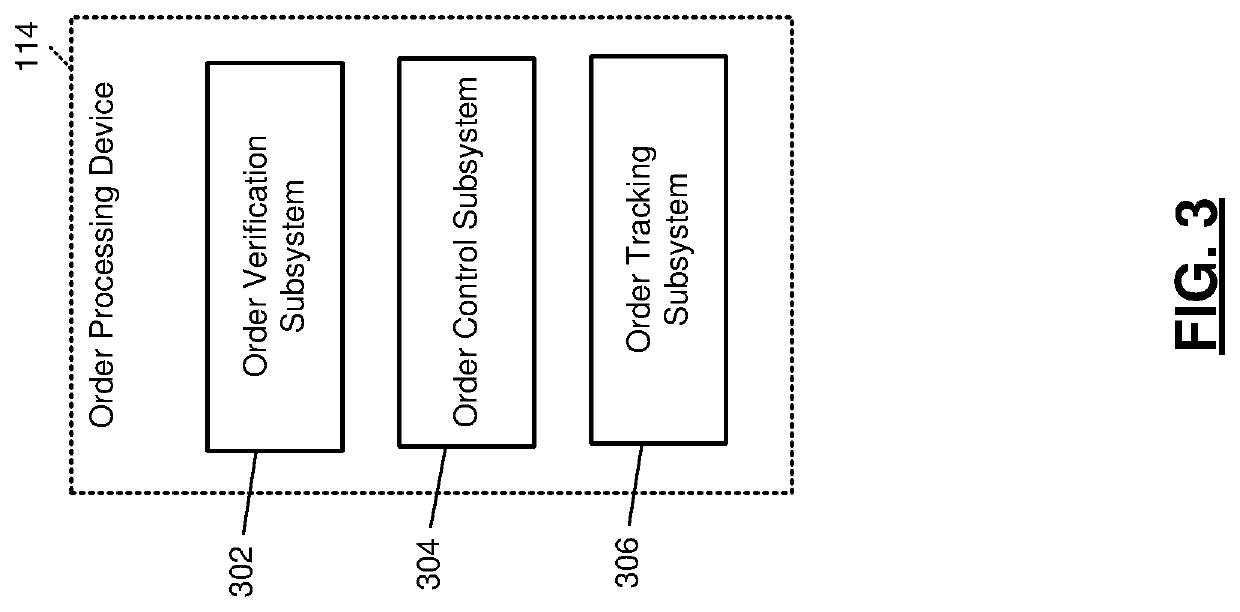Machine learning systems for predictive modeling and related methods
a machine learning and predictive modeling technology, applied in computing models, instruments, drugs and medications, etc., can solve problems such as the difficulty of predicting the relationship between data sets and certain data characteristics, the inability of existing static data models to predict certain characteristics of medical orders, and the inability to determine whether a medical order requires pa
- Summary
- Abstract
- Description
- Claims
- Application Information
AI Technical Summary
Benefits of technology
Problems solved by technology
Method used
Image
Examples
Embodiment Construction
[0018]Unless defined otherwise, all technical and scientific terms used herein have the same meaning as commonly understood by one of ordinary skill in the art to which the disclosure belongs. Although any methods and materials similar to or equivalent to those described herein can be used in the practice or testing of the present disclosure, the preferred methods and materials are described below.
[0019]As used herein, the term “feature selection” refers to the process of selecting a subset of relevant features (e.g., variables or predictors) that are used in the machine learning system to define data models. Feature selection may alternatively be described as variable selection, attribute selection, or variable subset selection. The feature selection process of the machine learning system described herein allows the prescription processing system to simplify models to make them easier to interpret, reduce the time to train the systems, reduce overfitting, enhance generalization, an...
PUM
 Login to View More
Login to View More Abstract
Description
Claims
Application Information
 Login to View More
Login to View More - R&D
- Intellectual Property
- Life Sciences
- Materials
- Tech Scout
- Unparalleled Data Quality
- Higher Quality Content
- 60% Fewer Hallucinations
Browse by: Latest US Patents, China's latest patents, Technical Efficacy Thesaurus, Application Domain, Technology Topic, Popular Technical Reports.
© 2025 PatSnap. All rights reserved.Legal|Privacy policy|Modern Slavery Act Transparency Statement|Sitemap|About US| Contact US: help@patsnap.com



